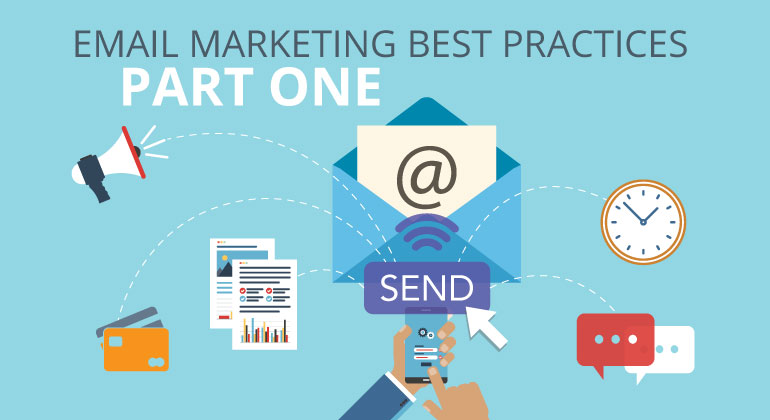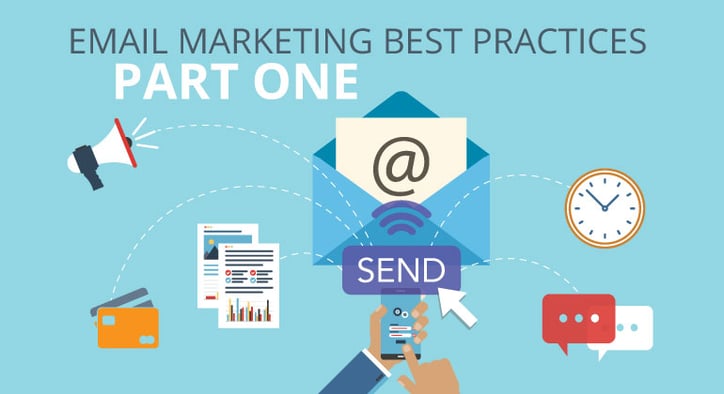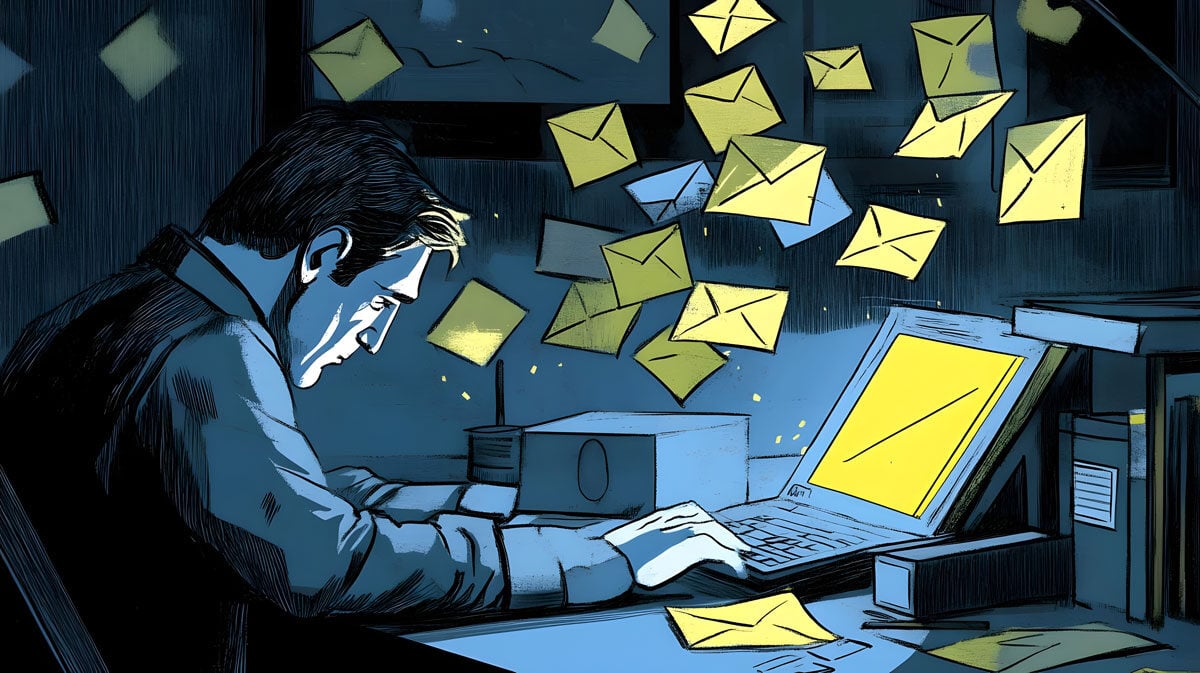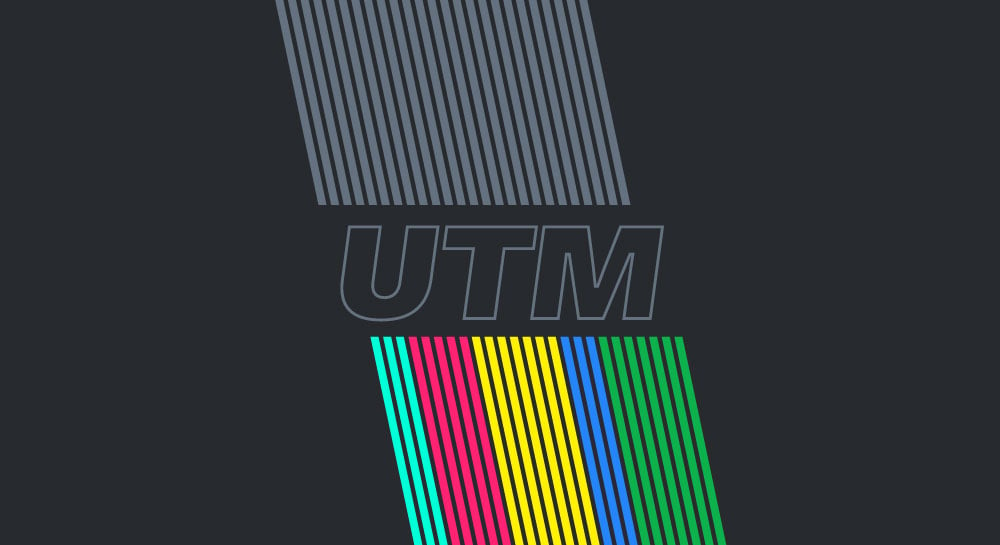Email Marketing Best Practices: Part 1

June 13, 2023
Inbound Marketing Email Marketing

Did you know 55% of customers say email is their preferred communications channel for staying up-to-date on the businesses they support? And according to a Litmus study, the average email marketing ROI is $36 for every $1 spent. This demonstrates that email marketing is just as relevant today as it was two decades ago.
Whether using a traditional outbound email campaign methodology or a lead generating inbound email campaign, marketers should follow these email marketing best practices in developing both verbal and visual content.
Verbal Content
Captivating Subject Line
- Subject line should be clear first, and catchy second to captivate the recipient.
- Over 60% of emails are opened on mobile devices first and the average mobile screen only shows 4–7 words maximum; hence, subject lines should be 7 words or less.
- 61.8% increase in open rates when using the word “alert” in subject line
- Using the words “Sales,” “New,” or “Video” in the subject line boosts open rates
- Use numbers in subject line (e.g. 5 Ways to Save, 40% Less Calls)
- Use actionable language to clarify what the recipient can do with the information
- Emails with “Free” in the subject line are opened 10% more than those without
- Changing the subject line is one of the best variables for A/B testing
Copy
- Use second person (you, your, yours) and focus on your customer rather than your brand (But remember emails with “You” in the subject line are opened 5% less than those without. Personalized subject lines are more effective.)
- Talk about the benefits of your product or service, not about the features
- Be brief and offer means to click through
- Make sure you let your brand personality shine
- Customize as much as possible with personalization tokens for the contact’s name, the company name and more.
Signature
- An email sent by a person instead of from a generic email address is more likely to be clicked. Consider adding a Google+ profile photo and your personal phone number.
- Include a “Follow Me” section with buttons or links for Facebook, Twitter, LinkedIn, and other social media
- Allow recipients to share the email—especially if it contains a free offer—with their network through social sharing buttons so your offer can go viral
Visual Content
- Optimize for mobile as 60% of email is now opened on a mobile device
- Place you brand/logo in the upper left—viewers instinctively look there first
- Email width should be under 600 pixels to avoid horizontal scrolling
- Design with tables so the email design renders correctly across multiple email clients
- Don’t use fonts smaller than 14 pt
- Avoid background images—Outlook does not recognize them. Instead use color and images in other ways.
- Use absolute paths to your server for images and file attachments
- Optimize image size to be as small as possible without losing resolution
- Set image width and height so the email maintains structure when image preferences are turned off
- Use descriptive alt-text under images in case images do not display
- Avoid using .png image—Lotus Notes does not support them
- Avoid using image maps—Hotmail does not recognize them
- Balance text and imagery—white space makes viewing more pleasant
- The Call-to-Action button should be at least 44 pixels square, the size of an average thumbprint
- A/B test with different images to measure engagement






